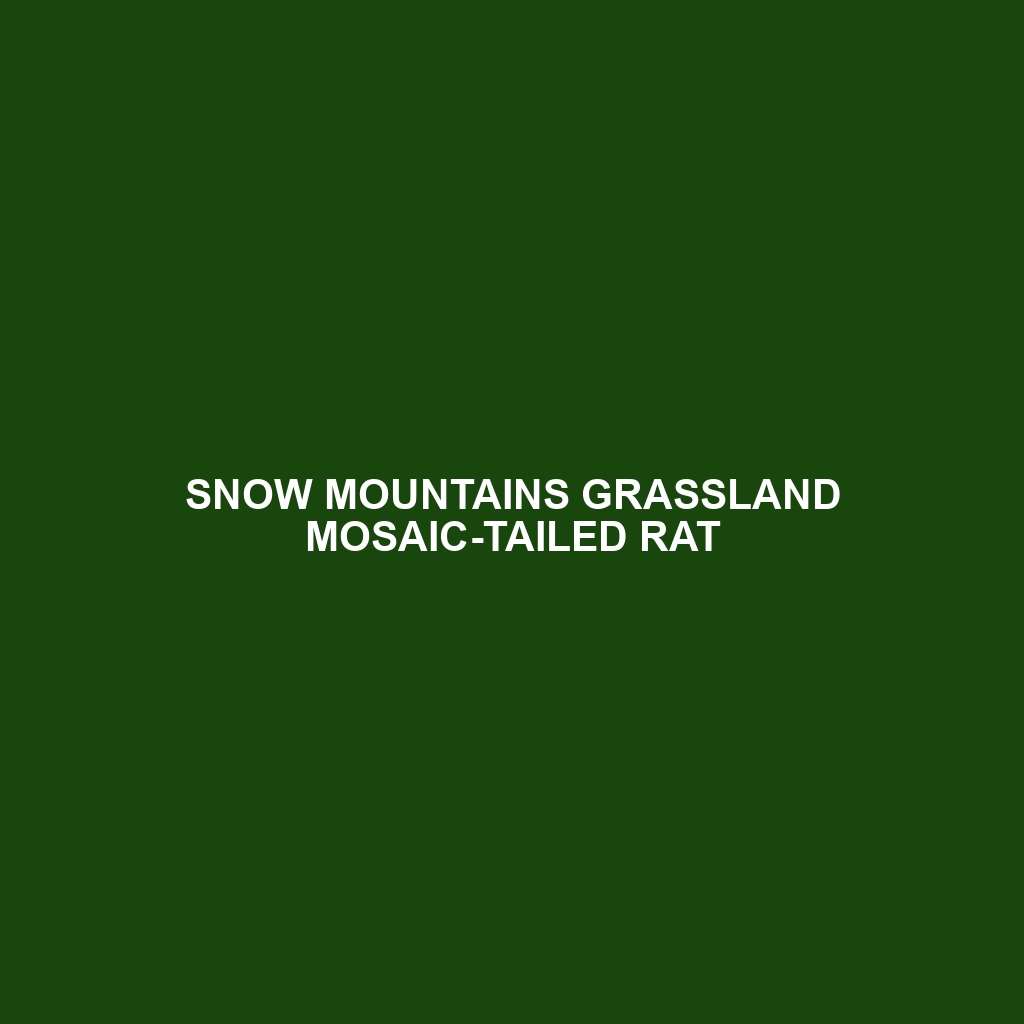Kivu Giant Pouched Rat
Common Name: Kivu Giant Pouched Rat
Scientific Name: Cricetomys kivuensis
Habitat: The Kivu Giant Pouched Rat is primarily found in the montane forests and grasslands of the eastern Democratic Republic of the Congo and neighboring regions of Rwanda and Uganda. This species thrives in high-altitude environments where dense vegetation provides ample shelter and food sources, making it well adapted to these specific geographical locales.
Physical Characteristics: The Kivu Giant Pouched Rat is notable for its impressive size, reaching lengths of up to 1 meter including its tail. Its fur is typically brown or grayish, providing excellent camouflage against the forest floor. With its large ears and elongated nose, this species exhibits distinctive features that set it apart from other rodents, such as its unique pouch-like cheeks used for storing food.
Behavior: Kivu Giant Pouched Rats are primarily nocturnal and exhibit foraging behaviors during the night. They are known for their social structures, often living in small family groups. The species displays highly intelligent problem-solving skills, which are particularly evident when accessing food sources or navigating through their forest habitat. Their vocalizations and scent markings serve as important means of communication among individuals.
Diet: Kivu Giant Pouched Rats have an omnivorous diet that consists mainly of fruits, seeds, and nuts, along with insects. They are particularly fond of the tubers found in their habitat, which they excavate using their strong teeth and paws. The ability to thrive on various food sources allows them to adapt to changing environmental conditions, making their feeding habits essential for survival.
Reproduction: The reproductive season for the Kivu Giant Pouched Rat typically occurs during the rainy months, with females giving birth to litters of 3-6 young after a gestation period of approximately 28 days. The young are weaned at around 3 weeks and begin to forage independently shortly after. Parental care is strong, with both parents participating in raising their offspring and teaching them vital survival skills.
Conservation Status: The Kivu Giant Pouched Rat is currently classified as Vulnerable. Factors contributing to this status include habitat loss due to deforestation and agricultural expansion, as well as hunting pressures. Conservation efforts are crucial to ensure the survival of this remarkable species in its natural habitat.
Interesting Facts: One fascinating aspect of the Kivu Giant Pouched Rat is its potential role in detecting landmines, as they have a keen sense of smell and high intelligence. They are also known to be social creatures that exhibit playful behaviors, further highlighting their complex interactions within their species.
Role in Ecosystem: The Kivu Giant Pouched Rat plays a significant role in its ecosystem as both a seed disperser and a predator of insects. By helping to maintain plant diversity and controlling insect populations, this species contributes to the overall health and balance of its montane forest habitat. Their interactions with other species illustrate the interconnectedness of life within these biodiverse regions.
